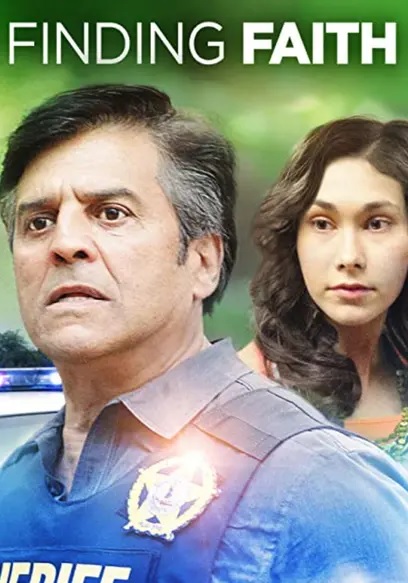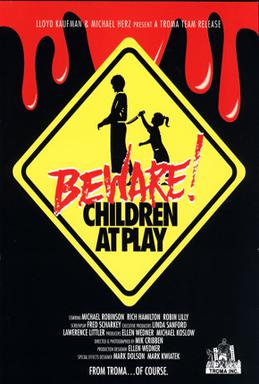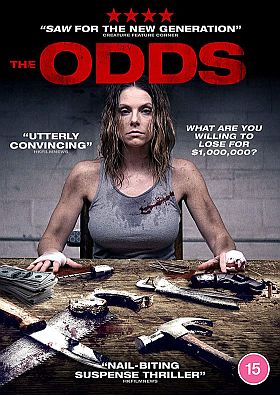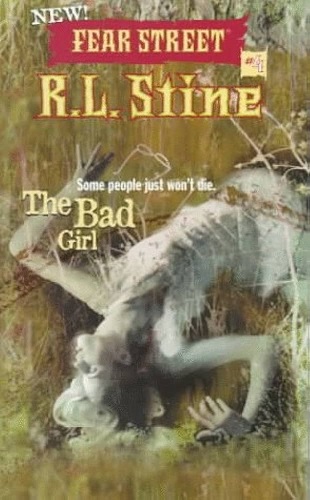The 2013 film, Finding Faith, opens with a skeezy-looking man attempting to abduct a teenage girl. Of course, what the man doesn’t know is that the girl is not a teenager at all. Instead, she’s an undercover cop who has spent the last few days engaging in online conversations with the man who tried to kidnap her. The man is arrested and, as he’s taken away, she comments that she’s glad she won’t have to spend anymore time chatting with him.
Indeed, it’s dangerous world out there. We tend to laugh about Nigerian prince emails and painfully obvious phishing scams but there’s a lot of unsavory people lurking around online. Faith Garrett (Stephanie Owens) is an intelligent and popular high school cheerleader who thinks that she’s met a cute boy online. However, as she soon learns, she wasn’t actually talking to Eddie Blue. Instead, she was talking to a methhead redneck who was talking to her so that he could figure out the best way to track her down and abduct her. In New Jersey, there’s a warehouse that is full of abducted teenage girls who are scheduled to be sold to the highest bidder and Faith’s abductor feels that he’ll be able to make a lot of money off of her.
If this sounds familiar, you’ve probably seen Taken or one of the many movies that was inspired by that film. Or maybe you’ve seen one of the countless Lifetime films in which a mother is forced to grab a gun and rescue her daughters from the people who have kidnapped them. Finding Faith does feature some gunplay. Erik Estrada plays Sheriff Mike Brown, who is in charge of the investigation into Faith’s abduction. Sheriff Brown carries a gun and so do the people working for him. That said, Finding Faith puts much more emphasis on the power of prayer than the power of firearms. Faith prays. Faith’s father prays. Sheriff Brown prays. You know who doesn’t pray? The kidnapper.
Finding Faith is based on a true story. Indeed, the film was executive produced by the real Sheriff Mike Brown and, judging from some of the performances, it wouldn’t surprise me if some of the film’s cops were played by actual cops. Because the film is based on a true story and because the threat of being abducted by someone who has been stalking you online actually is something that most people should be aware of, it’s a bit disappointing that Finding Faith isn’t a better movie. Unfortunately, it’s a bit overlong and it’s plagued with slow spots. On the plus side, Stephanie Owens gives a good performance in the lead role of Faith. Erik Estrada tersely delivers his heavy-handed narration and delivers most of his other lines through clenched teeth. Estrada is one of those actors who never lets you forget that he’s acting. As a result, he can be entertaining to watch but, at the same time, watching him tends to take the viewer out of the reality of the film. As an actor, Estrada is better-served by films like Guns than films like Finding Faith.
That said, the film’s final message is to be careful out there and that’s definitely a good idea!











